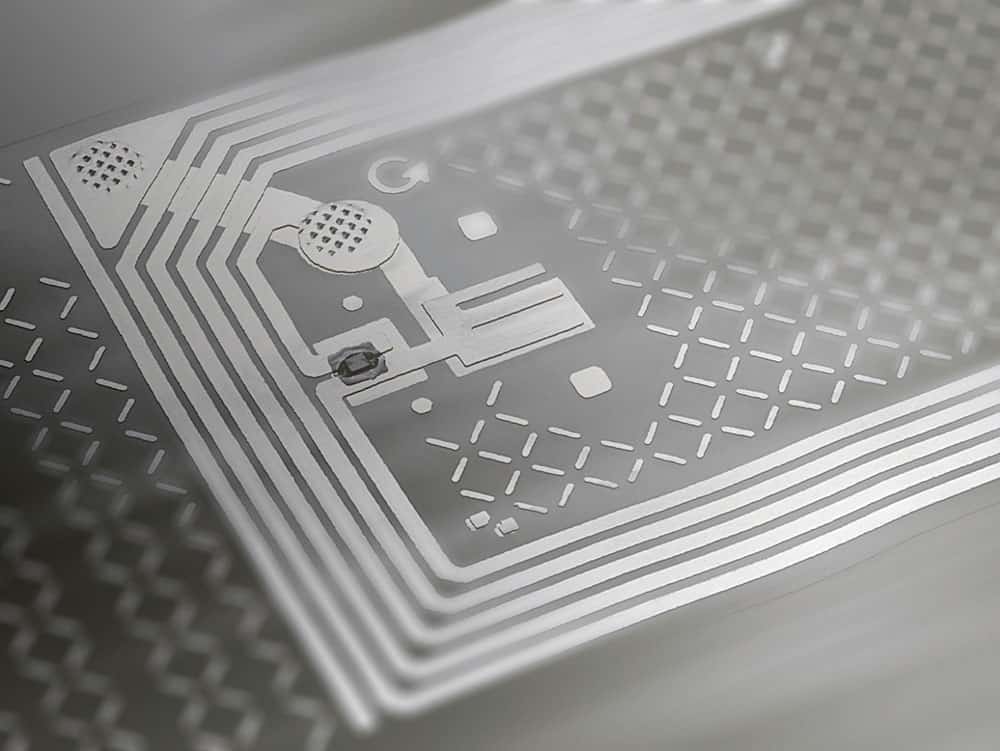Gavin Peacock, CEO of TRC Solutions discusses the real world benefits of using RFID technology.
Since the explosion of online consumerism opened up more competitive shopping trends, the ‘know your customer’ mantra became paramount to retailers in order to ensure customer loyalty.
Knowing your customer meant knowing what products they wanted, what you needed to have in stock in order to do business with them. Knowing your customer was the first step in adopting an effective CRM (customer relationship management ) strategy – create the best customer experience by giving your customer what they wanted.
Systems to store and analyse customer data can produce reports that tell you what your best sellers are, what sizes and styles are most popular, which products are more in demand. Making sure you have plenty of those products available is the key to creating a great customer experience – you may think! Easy – always order lots of what people want and you’ll always have what they are looking for.
But it’s not that simple. Along with knowing what they want – you need to make it available when and from where they want. The internet has not only exposed the consumer to easy cross store browsing it has also opened up the ability for 24-hour, cross channel shopping. With the bricks and clicks model a consumer can buy online, collect in store, buy from a store, return item to a different branch, return to warehouse in the post. Items are moving around quicker and easier than ever before. Accurate inventory and supply chain management is more difficult, leading to out of stock scenarios online and in store resulting in lost revenue and a disgruntled customer.
Omni Channel retailing was the retail industry’s response to this growing trend of bricks and clicks shopping. Customers should have a consistent and seamless experience whether they are shopping in a store, on a mobile device, on a home computer or by phone. But imperative to its success is stock availability – across whatever channel the customer chooses.
So you may know your customer and what they want but you need to know where, across your retail network, the product they want is and make it available to them or they will go and find the same or similar with another retailer.
With click and collect becoming a consumer requirement, accurate inventory data across the network has become a real world problem for retailers. The current barcoded inventory system leaves itself open to risk and error. It may report four units in stock of a product but in reality there may be none. The consequences being a customer can’t find what they were looking for and moves on. The retailer may or may not have lost a customer forever but remains unaware that potential revenue and a long term customer was lost.
If the same stock file is connected to the retailer’s e-commerce site it will put aside a virtual stock unit for the customer to collect. The customer makes a trip to the store waiting some time for the staff to search for what must be there, they are then told sorry we don’t have it. Consider the consequences, the retailer has not only lost a customer and revenue, they have promised the customer one thing – a good customer experience, convenient ‘click and collect’ shopping and delivered something else – an experience that is likely to lose them a customer for life.
A barcoded stock file’s accuracy is 70%-85% at best depending on the cycle of rectification. With RFID there is a real time 98% plus accuracy. Because retailers are now beginning to lose customers due to incorrect, out-of-date stock data, they are increasingly turning to RFID. This is one of many real world benefits of RFID. Retailers are now seeing RFID as game changing in their industry and many believe RFID will make as big a difference to them now as the barcode did a number of decades ago.
Individual item tracking, made easy and affordable with new developments in RFID technology, is the key to Omni Channel success. The internet can connect retailers with consumers easily but retailers need to connect everything in their business including merchandise to create a truly efficient supply and demand model. The Internet of Everything – POS systems, back office solutions, RFID tags on merchandise, smartphones brought into store and distribution networks all connected together can unlock new efficiencies and new opportunities to retailers. Intelligent data sharing across devices linking people, channels and merchandise empowers retailers to serve customers in new ways. Mobile POS solutions, floor staff with iPads, discounts and alerts delivered to smart phones, engage customers, create opportunities, increase efficiencies, make faster sales.
RFID tagging is the first step in enabling products to deliver data. With RFID the retailer can plug their stock location data and item tracking intelligence into their Internet of Everything, connecting physical objects to people and places, increasing inventory visibility across the enterprise and delivering previously unavailable business intelligence.
Systems and devices in isolation can bring benefits to any business but working together, sharing information and connecting to each other harnesses their true power bringing better customer insight, more personal shopping experiences, accurate stock control and smarter store management.
RFID tags and scanners have been around for years but have been prohibitively expensive. New technologies have driven costs down and adoption is quickening with retailers around the globe using RFID for:
- Faster, more frequent cycle counting
- Accurate centralised stock control
- To fulfill orders from any sales channel
- Replenishment alerts to increase on shelf availability
All amounting to decreased out of stocks across all channels, a better customer experience and increased revenue.
With Omni Channel retailing becoming the way to remain competitive in a more consumer demand led industry, retailers need to adopt RFID to achieve more accurate inventory accuracy so that they no longer only know their customer but equally know their products and their business.
 Gavin Peacock is the CEO of TRC Solutions. He set up TRC in 1991 and has built it into a successful business with chief operating officer, Patrick Hesnan. Peacock studied communications and business studies in the UK before beginning his career working for various IT companies.
Gavin Peacock is the CEO of TRC Solutions. He set up TRC in 1991 and has built it into a successful business with chief operating officer, Patrick Hesnan. Peacock studied communications and business studies in the UK before beginning his career working for various IT companies.
More information on TRC Solutions can be obtained on the company’s website, LinkedIn page or by following TRC on Twitter.






